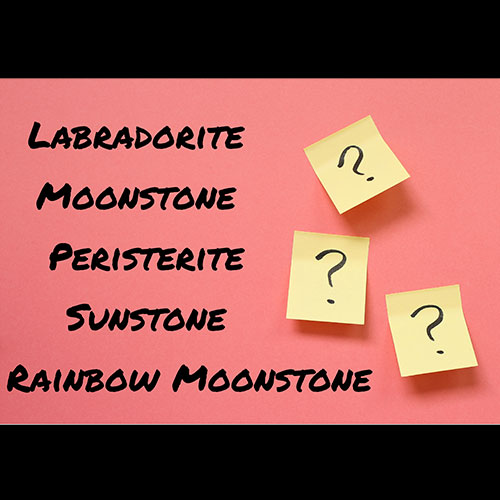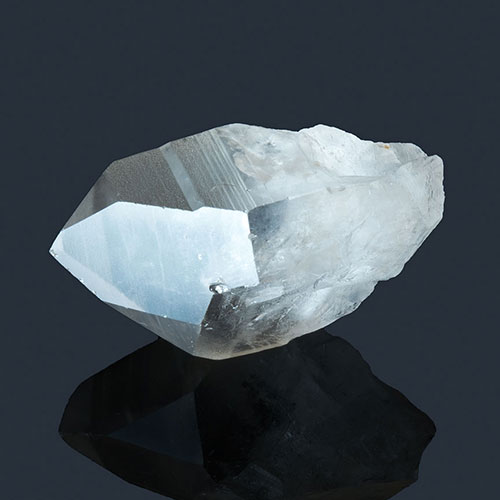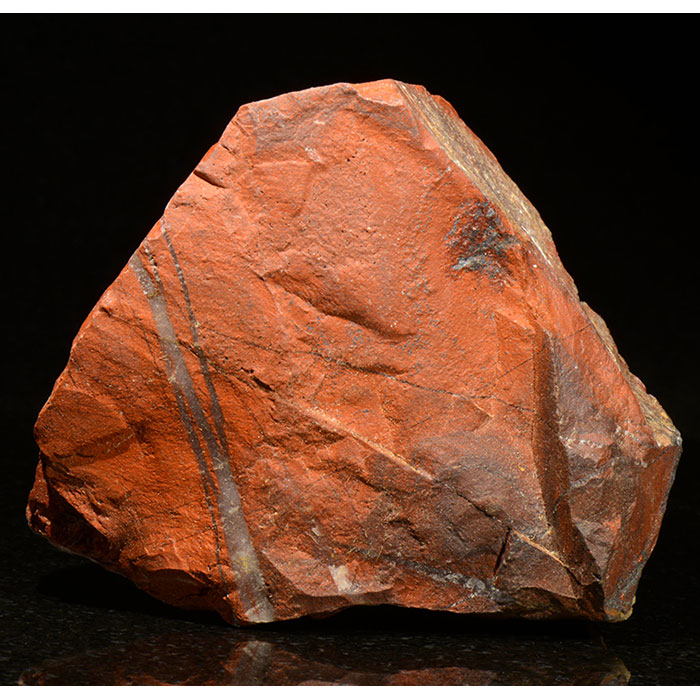
Piezoelectricity Simply Explained
Quartz is a piezoelectric (pee-ay-zo-electric) crystal, meaning it generates an electric charge when squeezed, compressed, or distorted by mechanical stress.
When the process is reversed and a quartz crystal is exposed to an electric field, it vibrates at a precise frequency.
Other piezoelectric crystals include topaz and tourmaline.
Piezoelectricity was discovered by French brothers Jacques and Pierre Curie in 1880.
For a crystal to vibrate, it must be exposed to mechanical stress.
Quartz crystals used for timekeeping vibrate at precisely 32,768 times a second. The vibration is similar to the way a crystal glass rings when tapped.
The word 'piezoelectric' comes from the Greek 'piezein', meaning 'squeeze' or 'press'.
Quartz crystals vibrate at a consistent and regular pace when an electric current is applied. The vibrations occur at exceptionally precise intervals.
The piezoelectric properties of quartz enable electronic circuits to generate regular, accurate signals essential for measuring time.
The natural frequency at which a quartz crystal vibrates is determined by its shape, size, thickness, and how it has been cut.
The frequency of the vibration can be adjusted by altering any one of these properties.
Piezoelectricity is used around the world in countless devices, including timekeeping instruments, radios, televisions, video equipment, sensors, and smartphones.
As technology advances, the potential of piezoelectricity will continue to grow.
Piezoelectric technology has been installed beneath the floor of some subway stations in Japan. Special floor tiles convert mechanical stress from commuters' footsteps into electrical energy.
The electricity is used to power various systems within the station, such as lighting and ticket gates.









